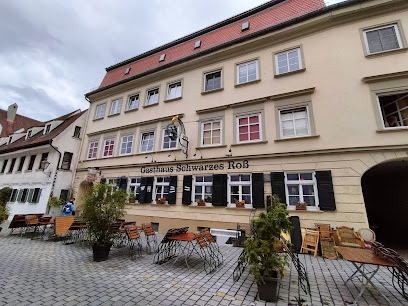
Augsburg Cathedral: A Tapestry of History and Art
Explore Augsburg Cathedral, a millennium-old masterpiece blending Romanesque and Gothic styles, home to Germany's oldest stained glass and a pivotal site in Reformation history.
Augsburg Cathedral, or Dom Mariä Heimsuchung, is a captivating blend of Romanesque and Gothic architecture that has stood for over a millennium. Founded in the 11th century, this Catholic cathedral boasts Germany's oldest stained glass windows, dating back to the 12th century, and houses significant artworks spanning various periods. Visitors can explore its towering structure, admire the intricate details of its chapels, and delve into the rich history that unfolded within its walls, including Martin Luther's pivotal confrontation during the Reformation. The cathedral's serene atmosphere and historical importance make it a must-see destination in Augsburg, offering a glimpse into the city's spiritual and artistic heritage. Its imposing presence and artistic treasures provide a unique and enriching experience for every visitor.
A brief summary to Augsburg Cathedral
- Frauentorstraße 1, Augsburg, Augsburg-Innenstadt, 86152, DE
- +4982131668511
- Visit website
Local tips
- Visit during the week to avoid large crowds and fully appreciate the cathedral's serene atmosphere.
- Take a guided tour to discover hidden details and learn about the cathedral's rich history and art.
- Don't miss the oldest stained-glass windows in Germany, located in the southern clerestory.
- Explore the cathedral's museum to see medieval artifacts, including the original bronze doors.
- Check the cathedral's schedule for services and concerts to experience its spiritual ambiance.
Getting There
-
Walking
Augsburg Cathedral is located in the heart of Augsburg's Innenstadt (city center) and is easily accessible on foot from most central locations. From Rathausplatz, head east along Philippine-Welser-Straße, then turn right onto Frauentorstraße. The cathedral will be on your left within a few minutes. The walk is approximately 5 minutes and well-signposted. Keep an eye out for the cathedral's distinctive twin towers to guide you.
-
Public Transport
The closest tram stops to Augsburg Cathedral are 'Stadtwerke/Dom' and 'Mozarthaus', both served by Tram Line 2. From Augsburg Hauptbahnhof (main train station), take Tram Line 2 towards 'Augsburg, Wertachbrücke' and alight at either of these stops. From Königsplatz, take Tram Line 2 towards 'Haunstetten West'. A single short-trip ticket (Kurzstrecke) costs approximately €1.80. Alternatively, from Augsburg Hbf, you can take the Line 4 tram to 'Staatstheater', which is a short walk to the Cathedral.
-
Taxi/Ride-Share
Taxis and ride-sharing services are readily available throughout Augsburg. A taxi ride from Augsburg Hauptbahnhof to Augsburg Cathedral typically costs between €8 and €12, depending on traffic and the specific route. The journey usually takes around 5-10 minutes. Be sure to specify 'Augsburger Dom' as your destination.
-
Driving
If driving, be aware that parking in Augsburg's city center can be limited and expensive. The closest parking garages are 'Parkhaus City-Galerie' and 'Parkhaus am Roten Tor'. Hourly parking rates typically range from €2.50 to €3.50, with daily maximums around €20-€25. From the A8 motorway, take the 'Augsburg Ost' exit and follow signs towards the city center (Innenstadt). Be aware of pedestrian zones and restricted access areas. Consider parking further out and using public transport for the final leg of your journey.
Discover more about Augsburg Cathedral
Iconic landmarks you can’t miss
Merkurbrunnen
0.6 km
Experience the beauty and history of Merkurbrunnen, an iconic monument in Augsburg, where art, culture, and vibrant city life converge.
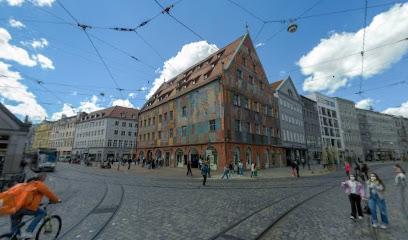
Oberschönenfeld Abbey
14.3 km
Experience the serene beauty and cultural richness of Oberschönenfeld Abbey, a historic monastery in Bavaria, ideal for spiritual reflection and exploration.
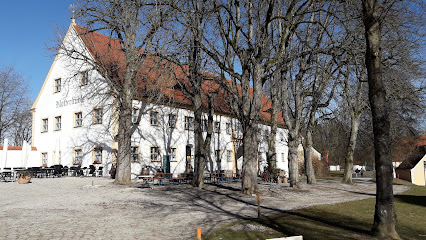
Burgstall Schlösslesberg
21.8 km
Discover the historic charm of Burgstall Schlößlesberg in Zusmarshausen, where history meets breathtaking views in a serene landscape.
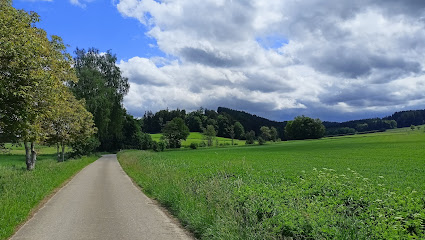
Silbersteg
34.3 km
Discover the enchanting Silbersteg Bridge in Fürstenfeldbruck, a serene spot for relaxation and photography along the Amper River.
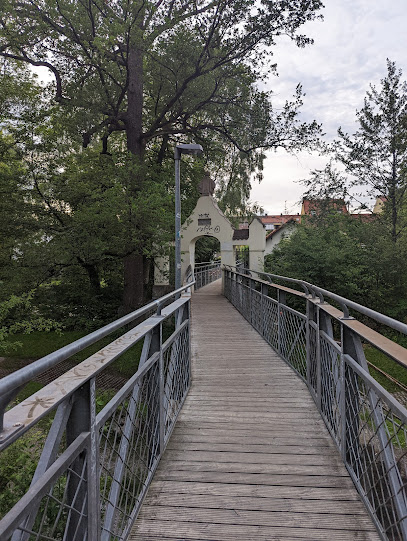
Blutenburg Castle
47.6 km
Discover the enchanting Blutenburg Castle in Munich, a perfect blend of history and exquisite Bavarian cuisine in a picturesque setting.
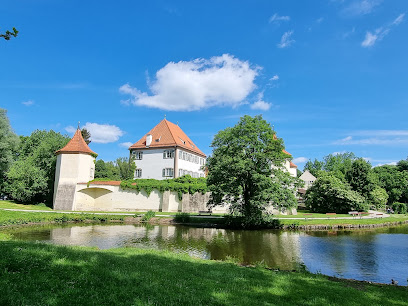
Harburg Castle
48.4 km
Explore the captivating Harburg Castle, a medieval gem in Schwaben, Germany, offering rich history and breathtaking views for every traveler.
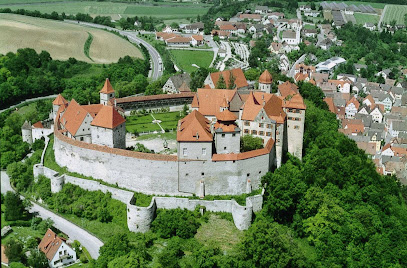
Roggenburg Abbey
50.6 km
Explore the serene Roggenburg Abbey, a captivating blend of history, spirituality, and nature in the heart of Bavaria, Germany.
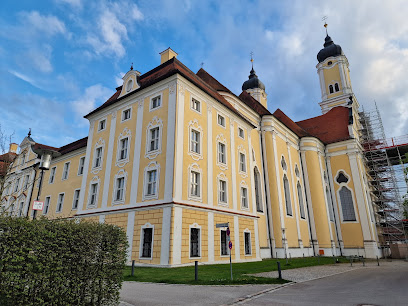
Nymphenburg Palace
50.8 km
Explore Nymphenburg Palace in Munich, a baroque masterpiece surrounded by enchanting gardens, showcasing Bavaria's royal history and cultural heritage.
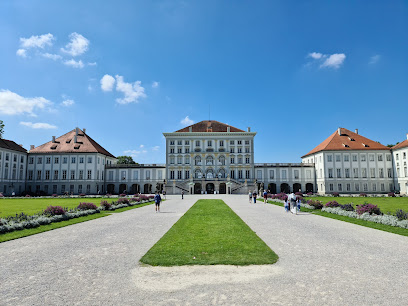
Schleissheim palace complex
51.0 km
Discover the grandeur of Bavarian royalty at Schleissheim Palace Complex, a stunning Baroque estate featuring opulent palaces, exquisite art collections, and meticulously designed gardens near Munich.
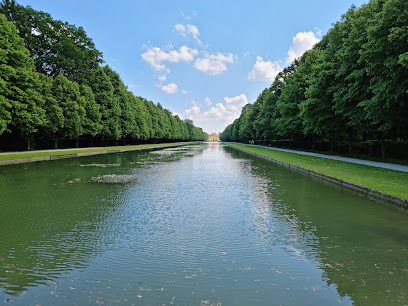
Olympiapark München
53.2 km
Explore Olympiapark München, a stunning blend of nature, culture, and history in the heart of Munich, perfect for outdoor enthusiasts and event-goers alike.
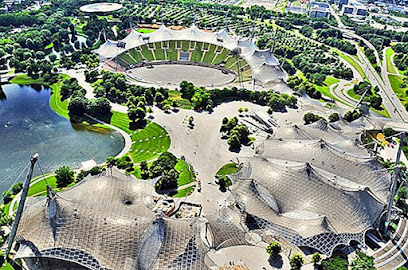
Olympiaturm
53.3 km
Experience breathtaking views and rich history at Olympiaturm, a must-visit landmark in Munich's iconic Olympiapark.
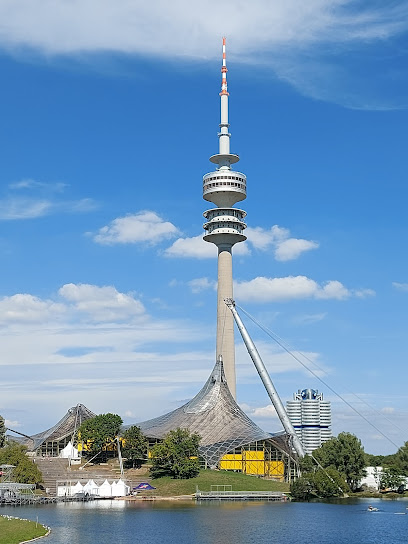
Walk of Fame Olympic Park
53.5 km
Explore the Walk of Fame Olympic Park in Munich, where celebrity culture meets tranquility in a stunning natural setting.
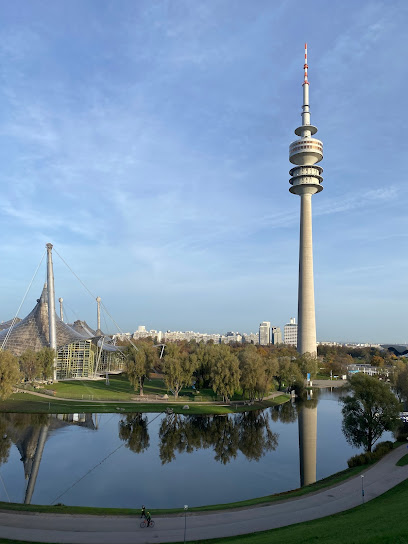
BMW Museum
53.6 km
Discover the history and future of automotive excellence at Munich's BMW Museum, a must-visit for car enthusiasts and tech lovers alike.
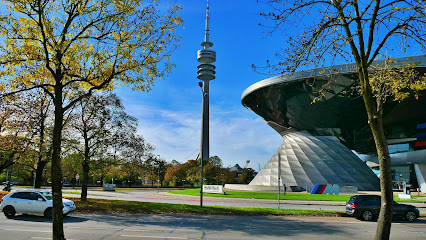
Wappenhaus
54.1 km
Explore Wappenhaus, a hidden architectural treasure in Munich's Maxvorstadt, showcasing the city's rich history and cultural charm.
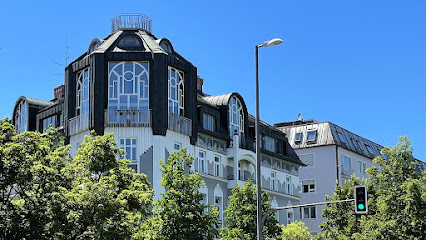
Pumucklbrunnen
54.5 km
Explore Pumucklbrunnen, Munich's whimsical fountain that brings folklore to life in the heart of Schwabing-West, a must-see for every tourist.
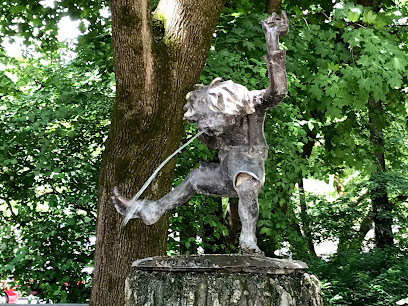
Unmissable attractions to see
Hofgarten
0.3 km
Experience the beauty and tranquility of Hofgarten, a historic park in Augsburg, offering stunning landscapes and rich cultural heritage.
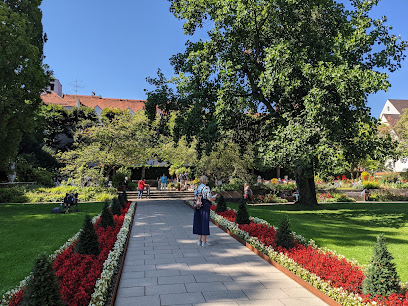
Fugger and Welser Erlebnismuseum
0.3 km
Explore the captivating history of the Fugger and Welser families, Augsburg's Renaissance powerhouses, through interactive exhibits and multimedia displays in a stunning historical setting.
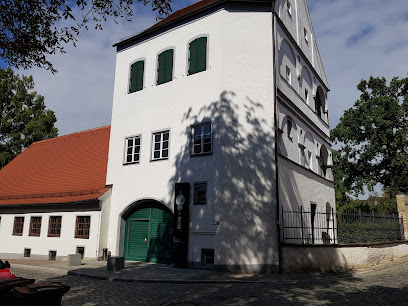
Leopold Mozart Haus
0.3 km
Explore the life and legacy of Leopold Mozart, father of Wolfgang Amadeus, in his beautifully preserved Augsburg home, a treasure trove of musical history and family heritage.
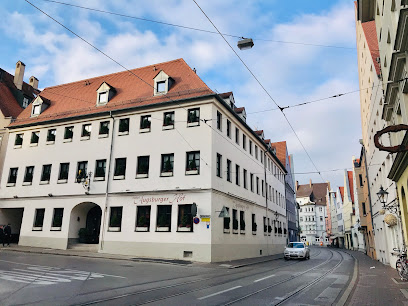
Naturmuseum Augsburg
0.3 km
Explore the wonders of nature at Naturmuseum Augsburg: Discover fascinating exhibits from Earth's history to diverse ecosystems, and journey through the stars at the Planetarium.
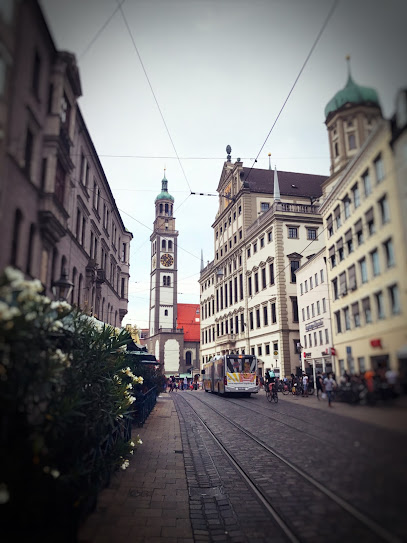
Brechthaus
0.4 km
Explore the birthplace of Bertolt Brecht in Augsburg's charming Lechviertel, and delve into the life and works of a literary giant at this meticulously preserved museum.

St. Peter am Perlach
0.4 km
Explore the stunning architecture and historical significance of St. Peter am Perlach, a must-visit Catholic church in the heart of Augsburg.
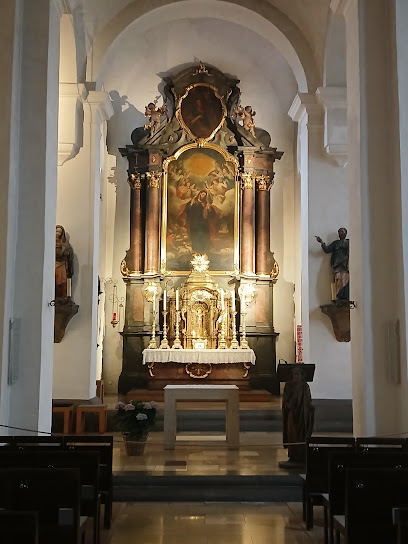
Augustusbrunnen
0.4 km
Experience the historical charm of Augustusbrunnen, a stunning fountain in the heart of Augsburg, where culture and beauty converge.

Steinerner Mann
0.4 km
Discover the legend of Augsburg's Stone Man, a historical landmark blending myth and history. Rub his nose for luck and explore the city's enduring spirit.
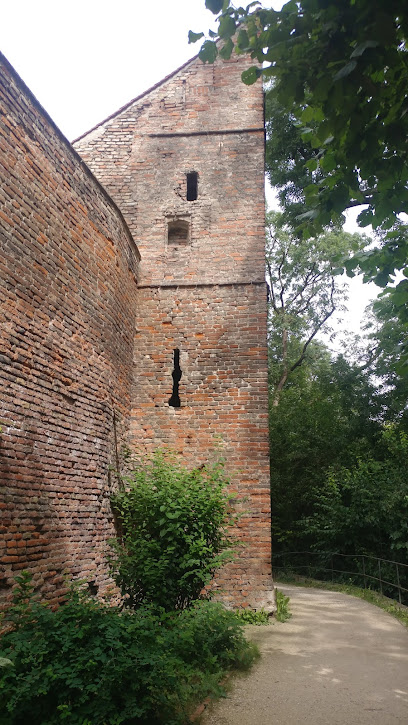
Rathausplatz
0.5 km
Experience Augsburg's vibrant heart at Rathausplatz, a historic square showcasing Renaissance architecture, cultural events, and the city's enduring spirit, making it a must-see destination.
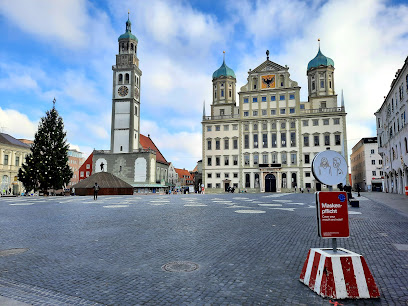
Goldener Saal
0.5 km
Experience the splendor of the German Renaissance in Augsburg's Goldener Saal, a meticulously restored hall adorned with gold leaf, murals, and historical significance.

Augsburg Town Hall
0.5 km
Discover the architectural splendor and rich history of Augsburg Town Hall, a must-visit destination for tourists exploring Bavaria.
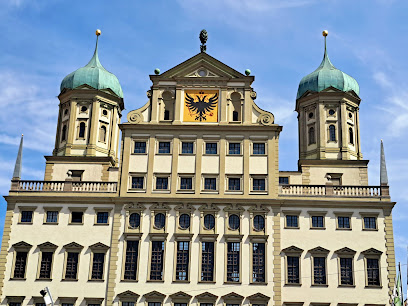
Ratskeller Augsburg
0.5 km
Experience authentic Bavarian cuisine in the heart of Augsburg at Ratskeller, a restaurant steeped in history and tradition.
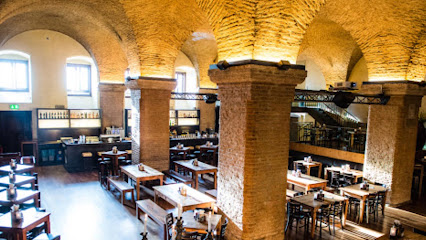
St. Anne's Church
0.6 km
Discover the captivating beauty of St. Anne's Church, a stunning Gothic architectural masterpiece in Augsburg, Germany, rich in history and culture.

Hans Jakob Fugger - Denkmal
0.6 km
Commemorating Hans Jakob Fugger, the Renaissance patron of arts and sciences, this Augsburg monument celebrates his legacy and the Fugger family's cultural impact.
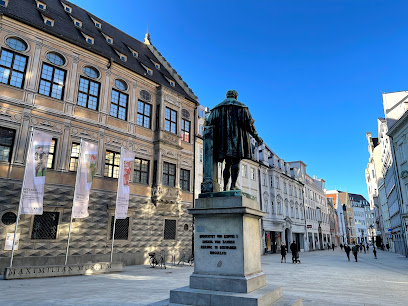
Maximilianstraße
0.6 km
Discover the elegance of Maximilianstraße in Augsburg, where history, culture, and vibrant city life converge in perfect harmony.
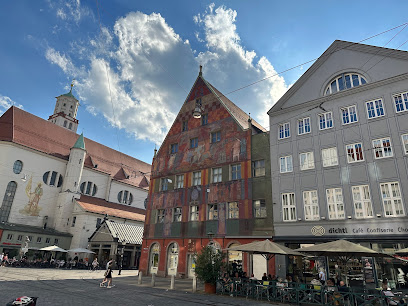
Essential places to dine
Das Wirtshaus unter dem Bogen
0.4 km
Discover authentic Bavarian cuisine at Das Wirtshaus unter dem Bogen, where tradition meets taste in the heart of Augsburg.
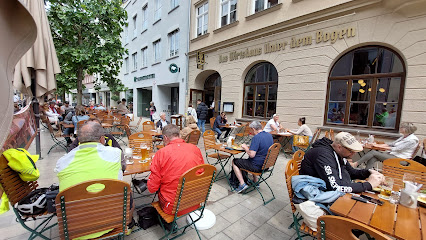
Restaurant Die Ecke - Augsburg
0.5 km
Savor authentic German cuisine at Restaurant Die Ecke in Augsburg - where tradition meets taste.
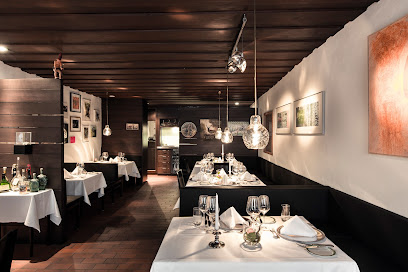
Altstadtgasthaus Bauerntanz
0.6 km
Experience authentic Swabian cuisine at Altstadtgasthaus Bauerntanz in Augsburg – where tradition meets flavor in every bite.
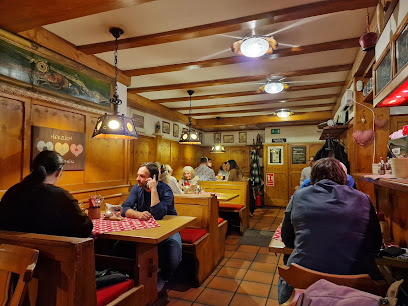
Riegele WirtsHaus
1.0 km
Discover Riegele WirtsHaus: A charming Bavarian restaurant in Augsburg offering exquisite German cuisine and craft beers in a lively atmosphere.
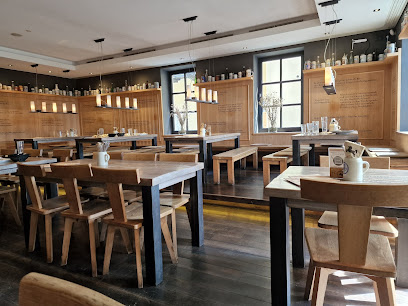
Restaurant Alte Liebe
1.7 km
Discover culinary delights at Restaurant Alte Liebe in Augsburg - where fine dining meets exceptional service.
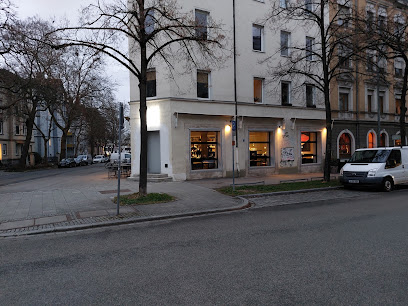
Restaurant BCA
1.7 km
Discover authentic German flavors at Restaurant BCA in Augsburg – where tradition meets taste in every dish.
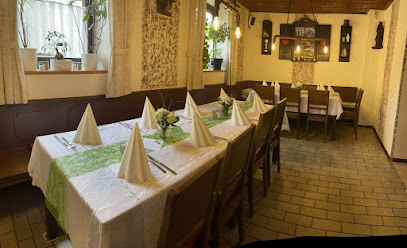
Restaurant Bayerischer Löwe
1.8 km
Experience authentic Bavarian flavors at Restaurant Bayerischer Löwe in Augsburg – where tradition meets taste.
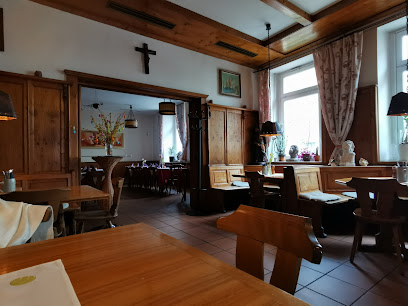
Restaurant Zum Bayern Kini
2.1 km
Discover authentic Bavarian flavors at Restaurant Zum Bayern Kini in Augsburg - where tradition meets taste.
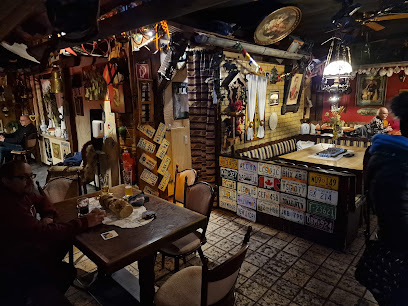
Restaurant Wirtshaus Frau Huber
2.3 km
Experience authentic German cuisine at Restaurant Wirtshaus Frau Huber in Augsburg—where tradition meets flavor.
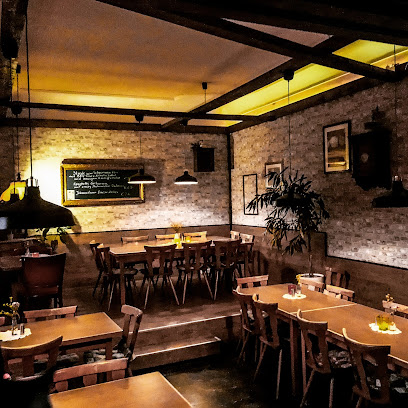
Restaurant Hirblinger Hof
2.5 km
Experience authentic German cuisine at Restaurant Hirblinger Hof in Augsburg-Oberhausen – where tradition meets flavor.
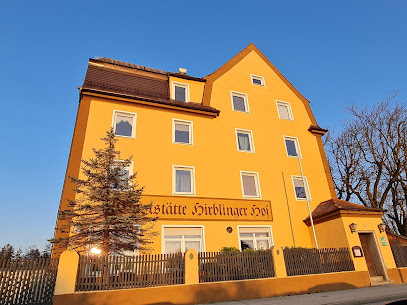
Berghof
2.9 km
Experience authentic Bavarian cuisine at Berghof in Augsburg's charming beer garden - a true taste of Germany's culinary heritage.
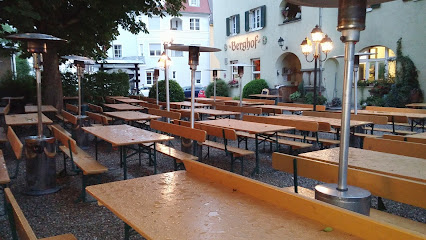
Die Tafeldecker am Hopfengarten
3.7 km
Savor authentic German flavors at Die Tafeldecker am Hopfengarten in Stadtbergen – where tradition meets culinary excellence.
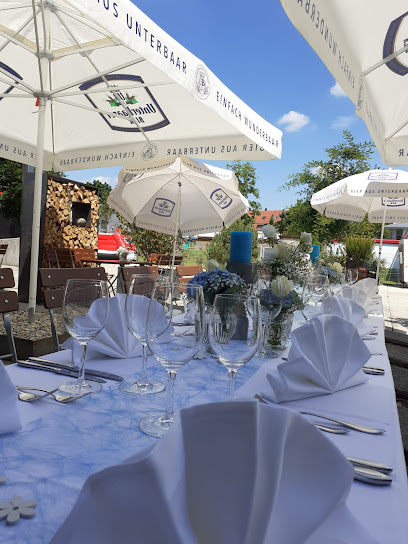
Restaurant Deuringer Hof
5.9 km
Experience authentic German and Swabian cuisine at Restaurant Deuringer Hof in Stadtbergen – where tradition meets flavor.
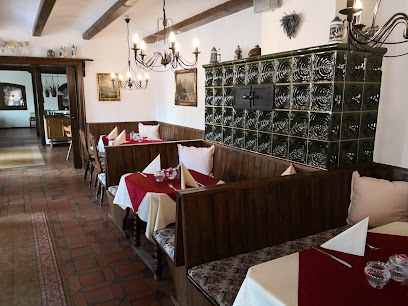
Wirtshaus Strasser
5.9 km
Experience authentic Bavarian cuisine at Wirtshaus Strasser in Gersthofen - where tradition meets taste in every delightful dish.
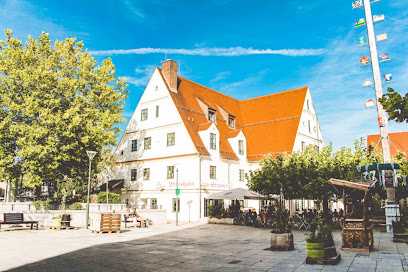
Restaurant Gasthaus am Lohwald
6.3 km
Experience the essence of German gastronomy at Restaurant Gasthaus am Lohwald in Neusäß – where tradition meets flavor.
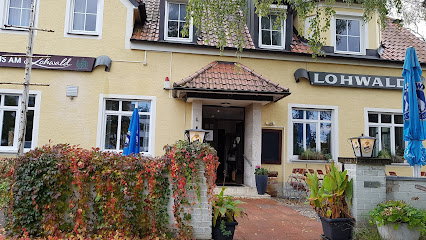
Markets, malls and hidden boutiques
Gud är stor - Christlicher Online Shop
0.2 km
Discover the essence of Augsburg fashion at Gud är stor, a clothing store that blends quality, style, and local culture.

IdeenReich
0.6 km
Explore IdeenReich in Augsburg for a unique selection of gifts and local crafts, showcasing the city's vibrant culture in every corner.
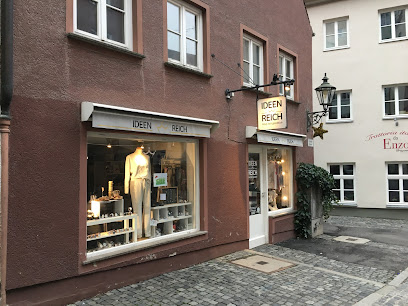
Pinu
0.6 km
Explore Pinu in Augsburg for a unique selection of gifts, toys, clothing, and home goods that reflect the spirit of creativity and local craftsmanship.
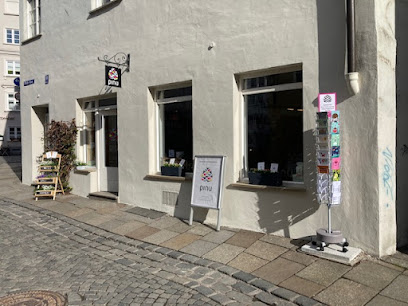
LiNEA Lifestyle Wohnen - Augsburg
0.7 km
Explore LiNEA Lifestyle Wohnen in Augsburg for unique gifts, stylish home decor, and fashionable accessories that capture the essence of local artistry.
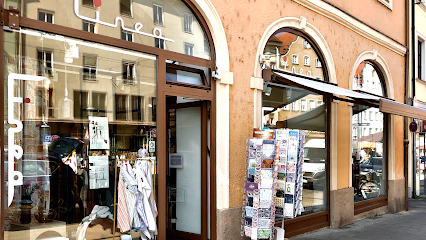
Nepal Shop
0.8 km
Explore the Nepal Shop in Augsburg for authentic gifts, clothing, and art that celebrate Nepalese culture and craftsmanship.
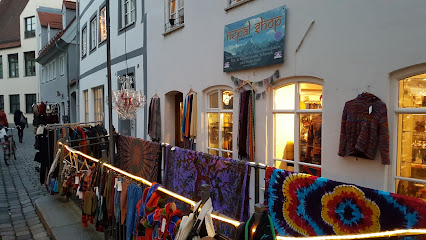
EuroShop
0.9 km
Explore EuroShop in Augsburg for a delightful shopping experience filled with unique gifts and home goods at affordable prices.

Elbenwald
1.1 km
Explore Elbenwald in Augsburg for unique gifts, collectibles, and pop culture treasures that delight fans of all ages.

City-Galerie
1.1 km
Discover the City-Galerie in Augsburg, a vibrant shopping mall offering fashion, dining, and a lively atmosphere for tourists and locals alike.
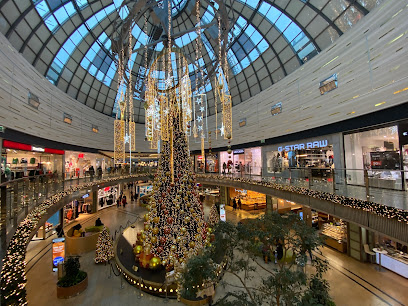
The Body Shop
1.1 km
Explore sustainable beauty at The Body Shop in Augsburg, offering ethically sourced cosmetics and gifts for eco-conscious travelers.

Mix-Shop & Postagentur
1.9 km
Discover unique finds at Mix-Shop & Postagentur, Augsburg's charming home goods store featuring everything from toys to stationery.
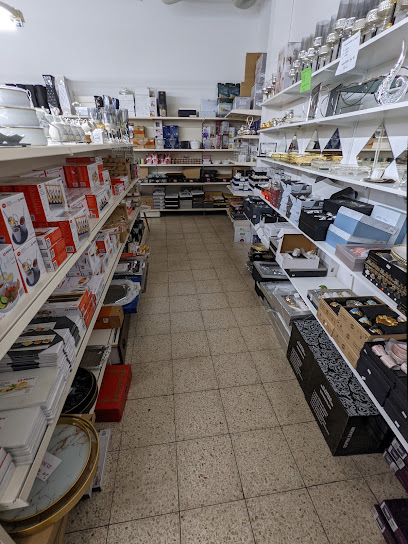
Hawaii-Store
2.0 km
Discover the essence of Hawaii in Augsburg at the Hawaii-Store, your go-to shop for unique gifts, clothing, and tropical accessories.

Mix-Shop - Geschenke und mehr... -
2.3 km
Explore the eclectic Mix-Shop in Augsburg, where unique gifts, home goods, and delightful finds await every visitor.
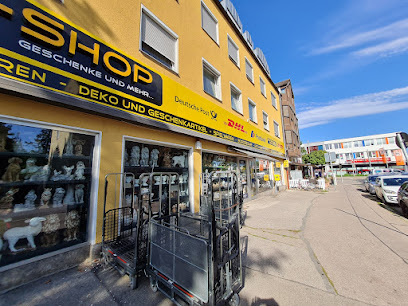
Action Augsburg
2.5 km
Discover a treasure trove of gifts and essentials at Action Augsburg, where variety meets affordability in the heart of Bavaria.

Blue Cottage
3.9 km
Explore Blue Cottage in Augsburg for unique gifts and exquisite antique furniture that embody the city's rich cultural heritage.
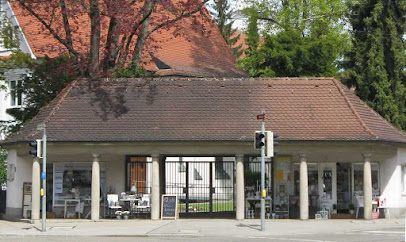
Depot
4.2 km
Explore Depot in Stadtbergen for unique gifts, stylish home décor, and an unforgettable shopping experience that captures the essence of local culture.

Essential bars & hidden hideouts
Golden Glimmer Bar - Augsburg
0.2 km
Experience the nightlife at Golden Glimmer Bar, Augsburg's premier destination for exquisite cocktails and vibrant atmosphere.
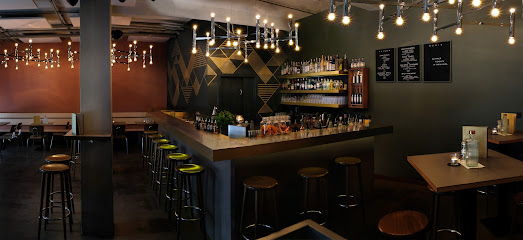
Sonnendeck Augsburg
0.3 km
Discover Sonnendeck Augsburg, a rooftop bar and beer garden offering scenic views, local drinks, and a relaxing atmosphere in the heart of the city.
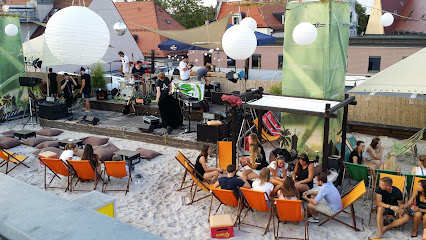
OH BOI
0.3 km
Discover the vibrant nightlife of Augsburg at OH BOI, a live music bar where local talent and unforgettable performances come together.
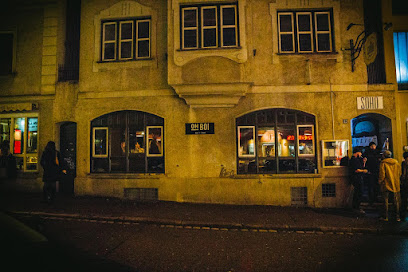
YOLO TOAST
0.4 km
Experience unparalleled flavors and vibrant nightlife at YOLO TOAST, a top-rated gastropub in the heart of Augsburg.
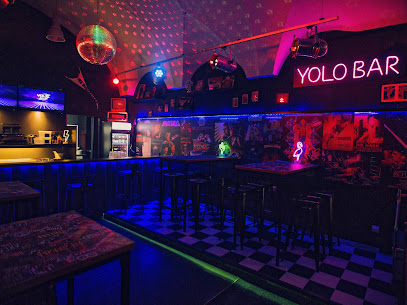
Beim Weissen Lamm - Augsburg
0.4 km
Discover the lively ambiance of Beim Weissen Lamm, a charming bar and café in Augsburg perfect for a night out or a relaxing drink.
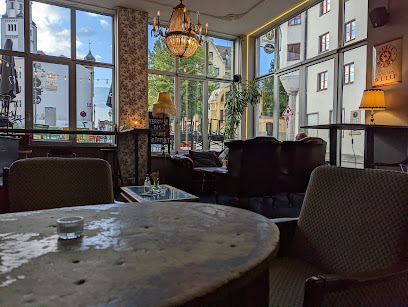
Irish Pub Murphys Law Bistro - Augsburg
0.4 km
Discover the authentic taste of Ireland at Murphy's Law Bistro in Augsburg, where every dish tells a story and every drink is a celebration.
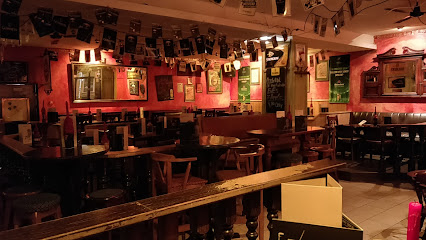
THE DRUNKEN MONKEY - Augsburg
0.4 km
Experience the vibrant nightlife at The Drunken Monkey, Augsburg's top bar with an extensive drink menu and a welcoming atmosphere.
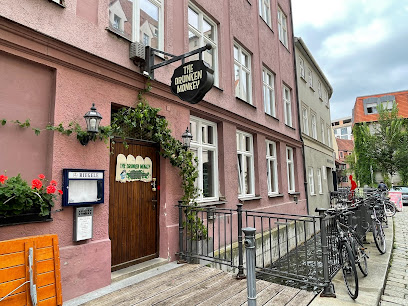
Bar k12.wine
0.8 km
Discover the charm of Bar k12.wine in Augsburg, a perfect blend of bar and wine store offering a rich selection of local and international wines.

Bar 3M
0.8 km
Unwind at Bar 3M, Augsburg's premier bar, featuring a creative drink menu and a lively atmosphere perfect for socializing.

Caipi Cocktailbar
0.9 km
Discover Augsburg's vibrant nightlife at Caipi Cocktailbar, known for its inventive cocktails and lively atmosphere, perfect for every cocktail lover.

Backside Alm - Augsburg
0.9 km
Discover the vibrant nightlife at Backside Alm in Augsburg, a top bar and nightclub perfect for late-night fun and great cocktails.
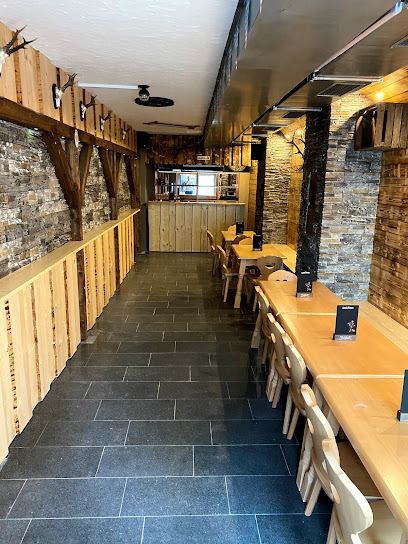
Crazy Bar
1.0 km
Discover the heart of Augsburg's nightlife at Crazy Bar, where vibrant energy meets eclectic cocktails for an unforgettable night out.

Bar Noir
1.0 km
Discover the vibrant nightlife of Augsburg at Bar Noir, where expertly crafted cocktails meet an inviting atmosphere.

BrunnenBar
1.2 km
Discover the vibrant nightlife of Augsburg at BrunnenBar, where creative cocktails and a lively atmosphere await every visitor.
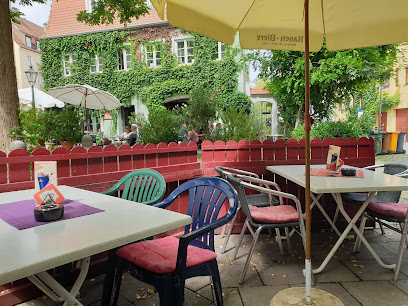
Haifischbar Augsburg
1.4 km
Experience the lively atmosphere and delicious cocktails at Haifischbar Augsburg, a top cocktail bar and hamburger restaurant in the heart of the city.
